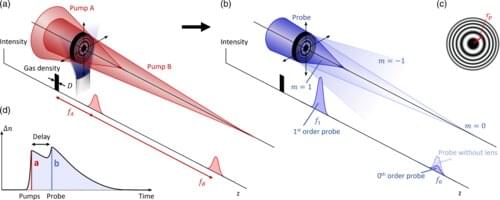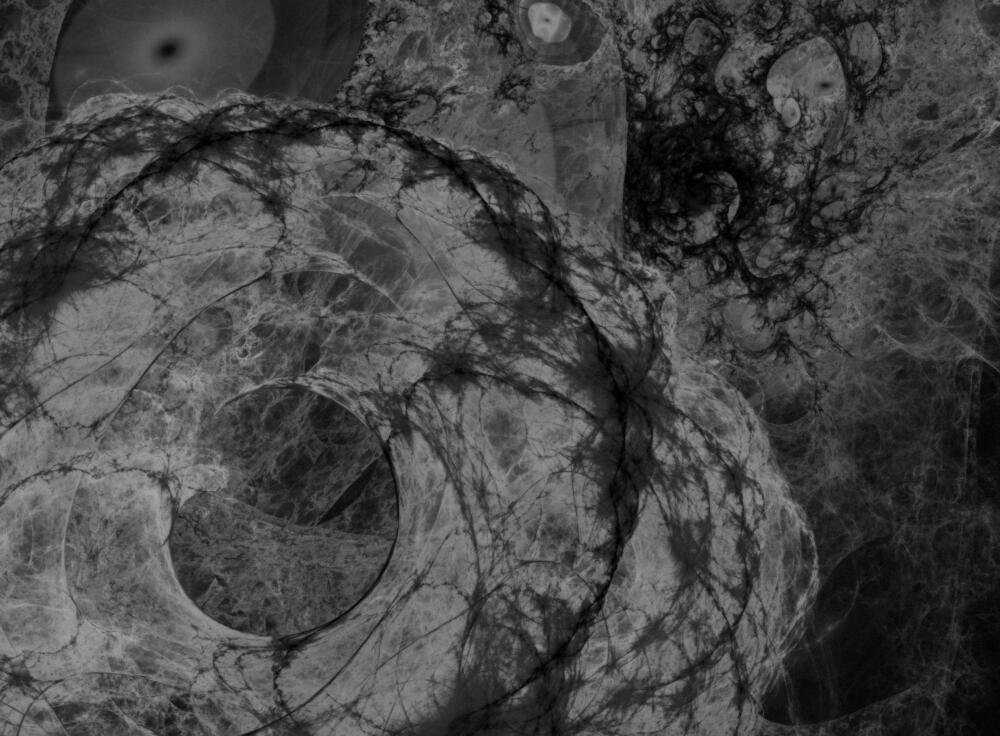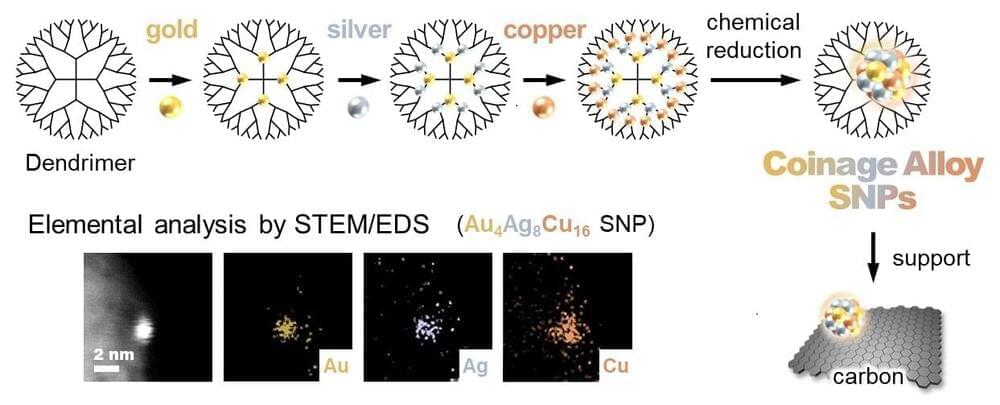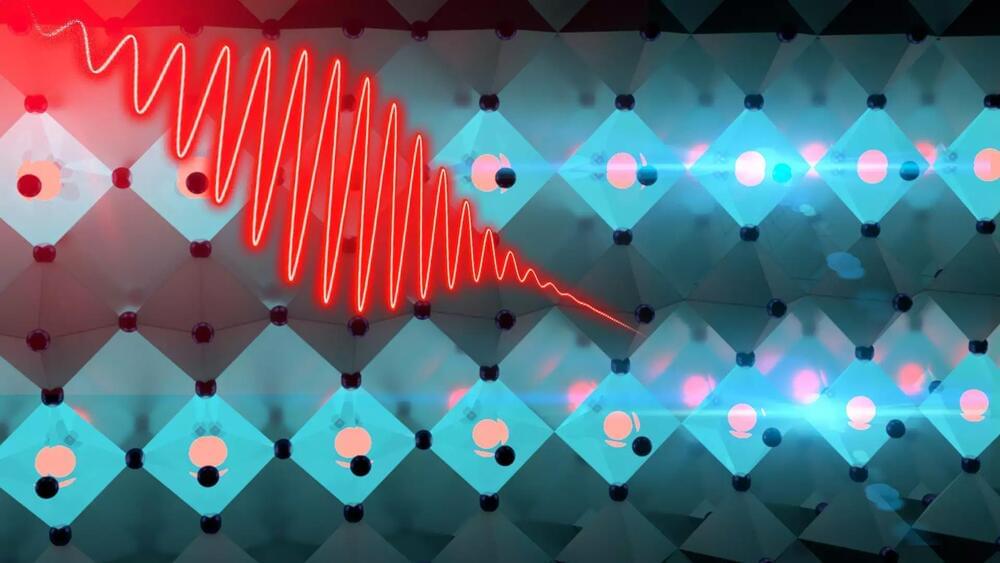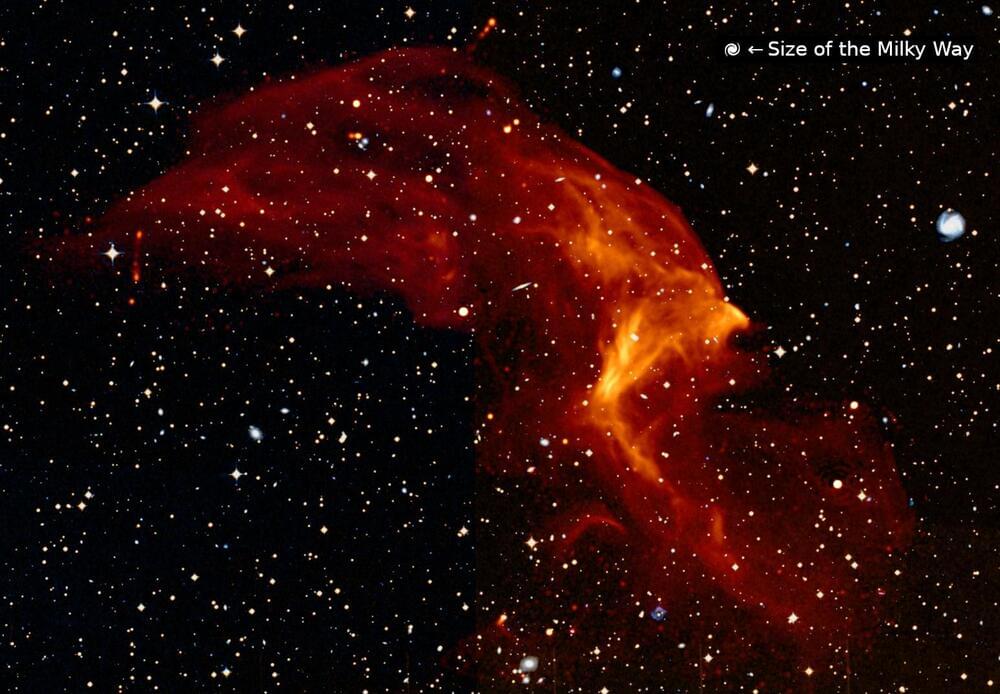Mar 14, 2022
Magnetic fields can have a huge impact on reactivity of ultracold molecules
Posted by Shubham Ghosh Roy in categories: chemistry, particle physics, quantum physics
Probability of a reaction occurring increases 100-fold and points to quantum control of chemistry.
A new step towards quantum control of chemistry has been achieved by researchers in the US, who found that tuning the magnetic field applied to colliding ultracold molecules could alter the probability of them reacting or undergoing inelastic scattering a 100-fold.1 The work could potentially prove useful for producing large ensembles of molecules in the same state and investigating their properties.
At room temperature, the random thermal motion of atoms and molecules blurs the quantum nature of chemistry. In an ultracold regime, however, this thermal motion is stilled, revealing chemical interactions as quantum interference processes between matter waves. Remarkable phenomena have been seen in ultracold atomic gases, such as the creation of Bose–Einstein condensates, in which atoms all enter the quantum ground state of a trap, allowing a macroscopic view of their quantum wavefunction. Wolfgang Ketterle at the Massachusetts Institute of Technology (MIT), whose group performed the new research, shared the 2001 physics Nobel prize for the creation of this condensate.
Continue reading “Magnetic fields can have a huge impact on reactivity of ultracold molecules” »


